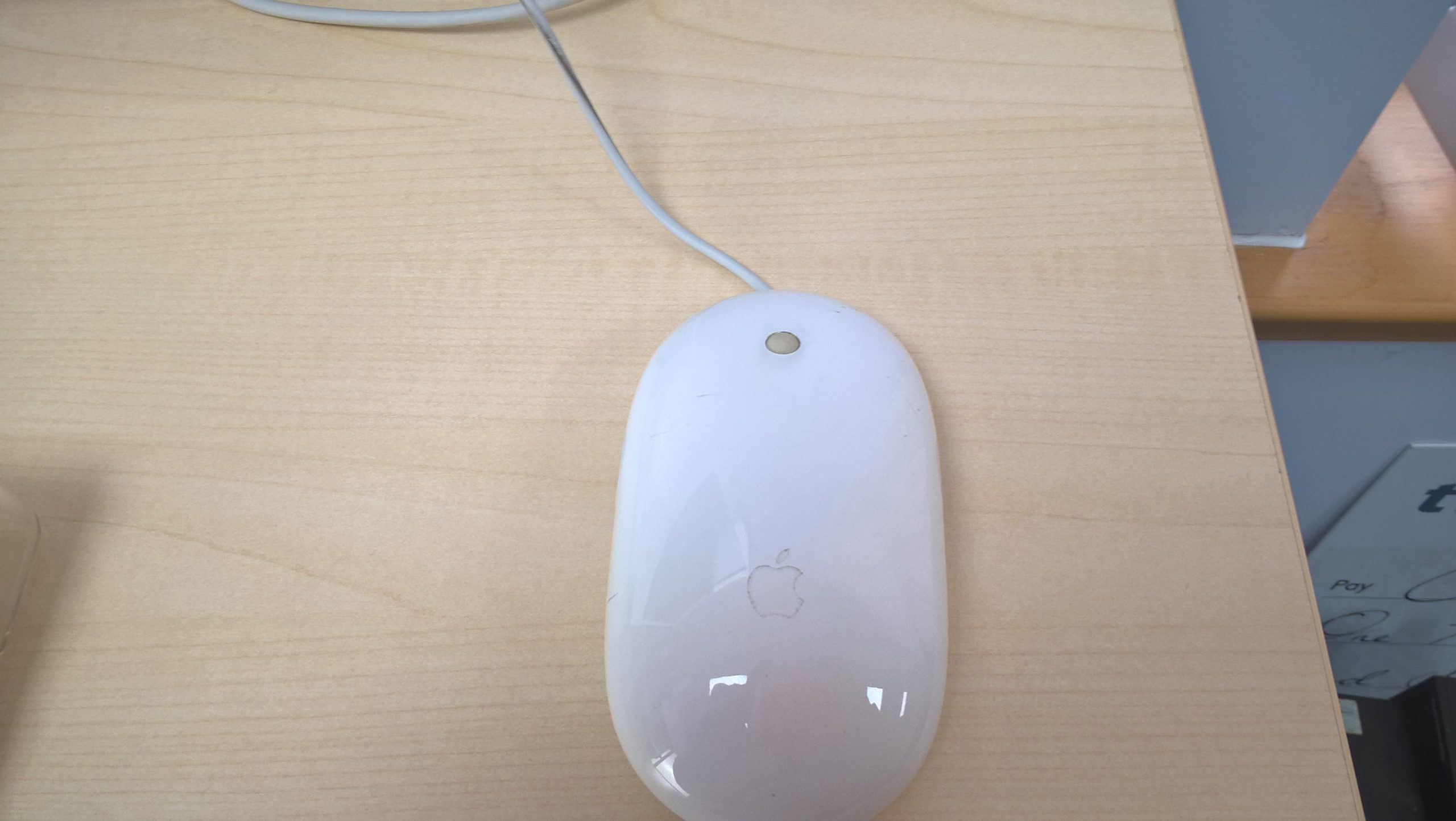The Importance of Regular Server Maintenance: A Cautionary Tale
In the world of IT, the stakes can be incredibly high, especially when it comes to server management. Today, we faced a challenging situation with a client’s server that unexpectedly failed, taking with it crucial data that was essential for their operations. This unfortunate incident serves as a cautionary tale that underscores the importance of proactive maintenance and timely upgrades.
For the past three years, we’ve been advising this client about the potential risks of using aging hardware. Despite our repeated warnings, both hard drives in their server succumbed to failure after years of wear and tear. The condition of the server was alarming; the LED indicators were so dim, they seemed as if they might have been permanently damaged.
We attempted to rebuild the RAID 10 array, but the remaining drive contained data that was too corrupted to recover effectively. The client’s last backup was taken just two days prior to this incident, but fears lingered that even that backup might be compromised.
The server in question was running on Windows Server 2008, prompting the need for us to create a new Active Directory and transition all connected computers to this new setup—ultimately resulting in significant labor costs that our client will need to bear.
In hindsight, one must wonder: was it wise for the client to rely on a server that was operating well beyond its expected lifespan? This decision has now led to disruptions that could cost them weeks of productivity while we prepare their replacement server.
The moral of the story here is clear: investing in your organization’s primary server is not just about purchasing equipment; it involves understanding the importance of regular maintenance and timely upgrades. Neglecting these aspects can lead to expensive consequences, both financially and operationally.
As a side note, the state of the server itself was rather shocking. It raised the question of whether the server room had been subjected to less than ideal conditions, as the dust accumulation suggested neglect. Cleanliness and proper environmental conditions are just as critical for hardware longevity.
In conclusion, if you’re managing your company’s IT infrastructure, remember that a little foresight and investment can go a long way in ensuring the durability and reliability of your systems. Don’t wait for a crisis to take action—your peace of mind and your business’s productivity depend on it.
Share this content:



